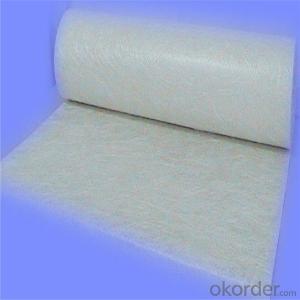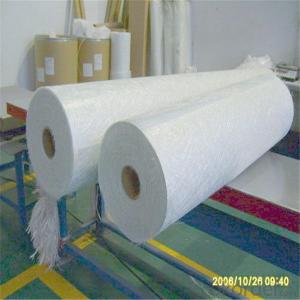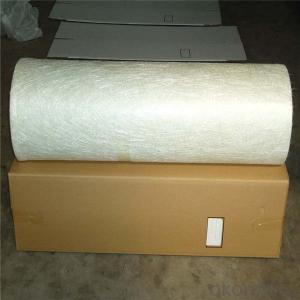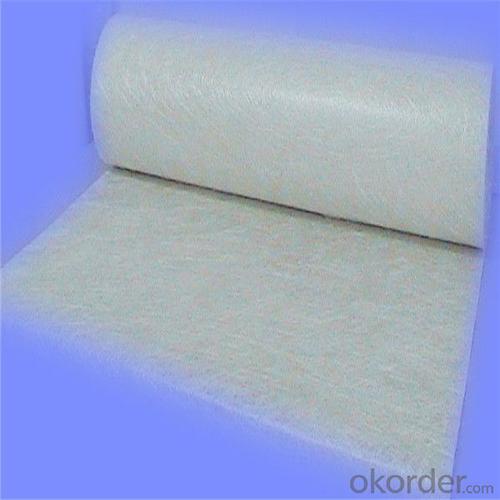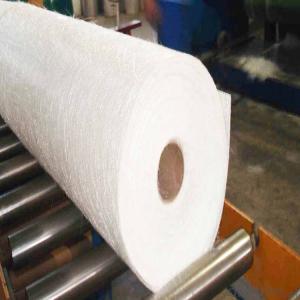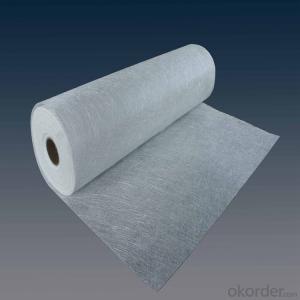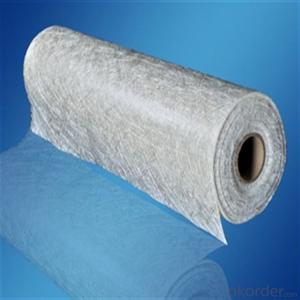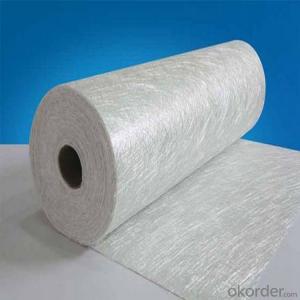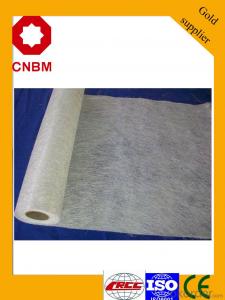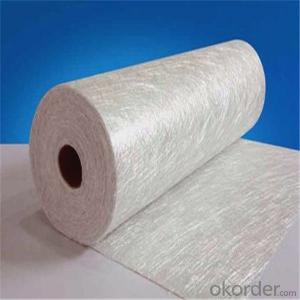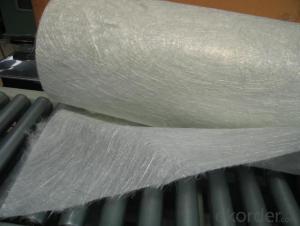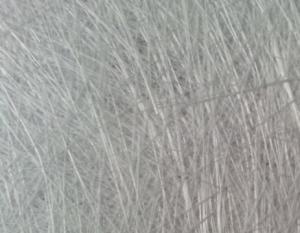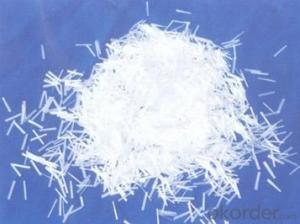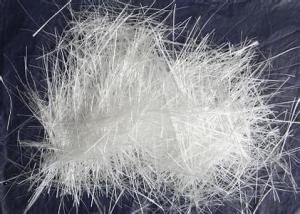Fiberglass Chopped Strand Mat 450 G/M2 - 2024 e-glass powder chopped stand mats
- Loading Port:
- Tianjin
- Payment Terms:
- TT OR LC
- Min Order Qty:
- 100 m.t.
- Supply Capability:
- 20000 m.t./month
OKorder Service Pledge
Quality Product, Order Online Tracking, Timely Delivery
OKorder Financial Service
Credit Rating, Credit Services, Credit Purchasing
You Might Also Like
Quick Details
| Technique: | Chopped Strand Fiberglass Mat (CSM) | Dimensions: | 450gsm | Mat Type: | Continuous Filament Mat |
| Fiberglass Type: | E-Glass | Softness: | softness | Place of Origin: | Jiangxi, China (Mainland) |
| Brand Name: | cnbm | Model Number: | 450gsm | color: | white |
| fiberglass type: | E glass | product: | e-glass powder chopped stand mats | binder: | powder or emulsion |
| width: | 1040 or 1270mm, as your requirement | weight: | 30 or 45kg/roll | paper tube diameter: | 90mm |
| outer diameter of roll: | 256mm | packing: | plastic film+carton box + pallet |
Packaging & Delivery
| Packaging Details: | plastic film+carton box + pallet |
| Delivery Detail: | 15-20days |
Specifications
1.e-glass powder chopped stand mats
2.binder:power or emulsion
3.width:1040mm or 1270mm
4.weight:450gsm
Picture
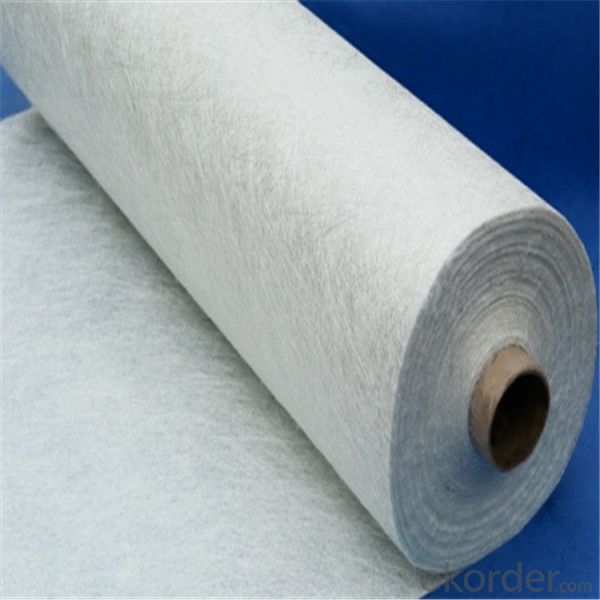
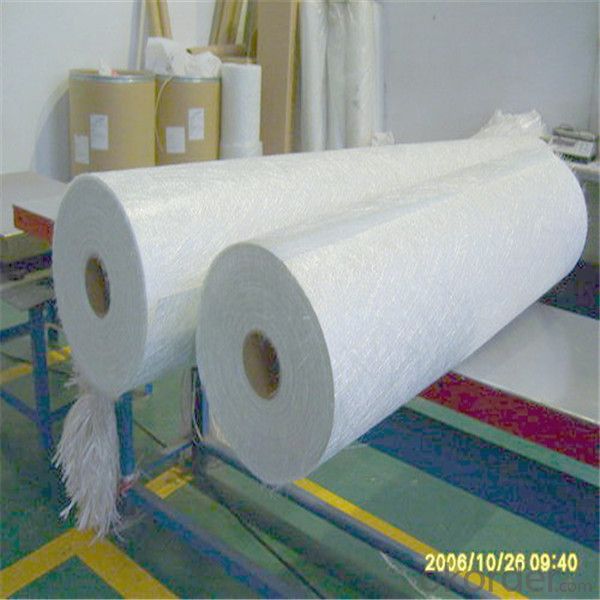
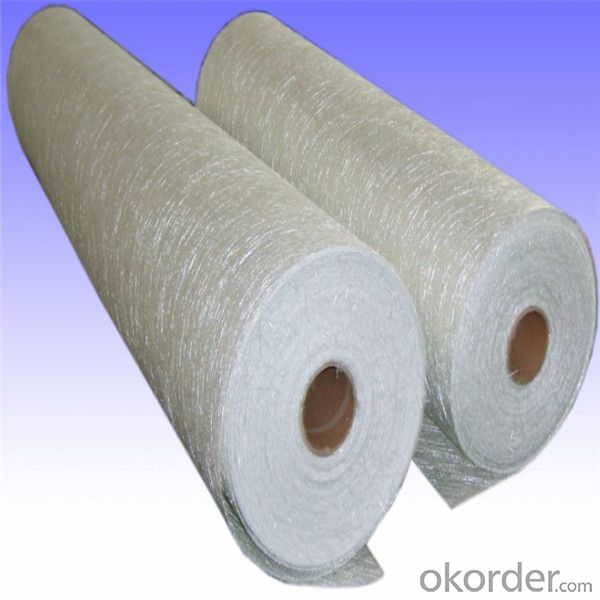
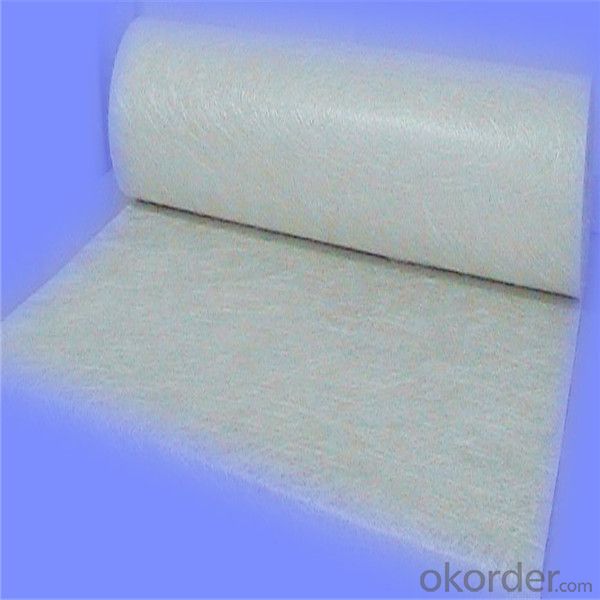
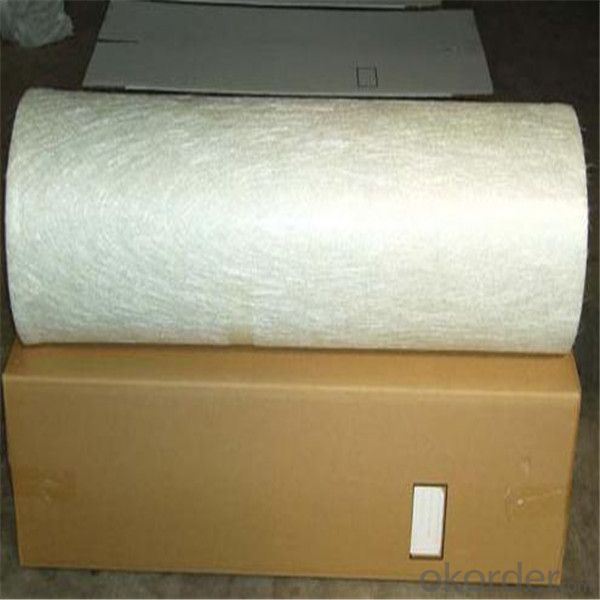
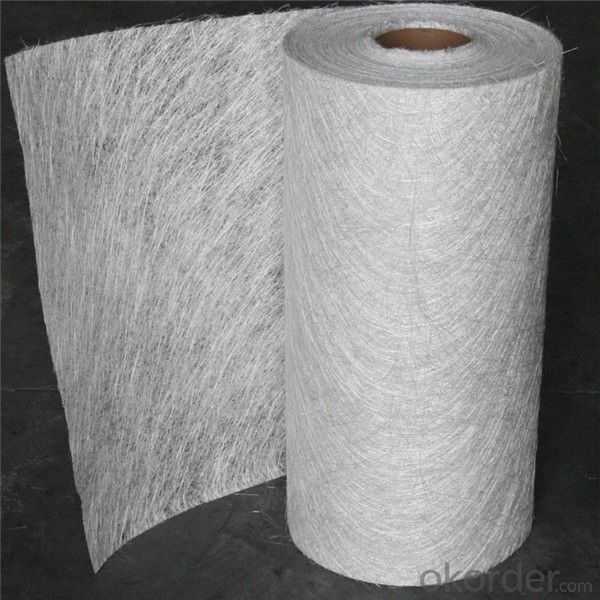
- Q: Is fiberglass chopped strand suitable for applications requiring high vibration resistance?
- Fiberglass chopped strand is well-suited for applications that require strong resistance to vibration. Fiberglass is renowned for its impressive mechanical properties, including its high tensile strength and stiffness. The chopped strand form presents added advantages, such as improved dispersion and easier handling during application. These qualities make fiberglass chopped strand an excellent material for applications exposed to intense vibration, like automotive parts, boat hulls, and aerospace components. The fibers' capacity to absorb and dissipate vibrations aids in reducing stress and preventing fatigue failure in these challenging environments. Furthermore, fiberglass chopped strand is extremely versatile and can be combined with other materials to further enhance its vibration resistance properties.
- Q: What are the applications of fiberglass chopped strand?
- Fiberglass chopped strand finds applications in various industries such as automotive, construction, aerospace, and marine. It is commonly used as reinforcement material in the manufacturing of composite products like fiberglass sheets, panels, and components. The chopped strand provides strength, stiffness, and impact resistance to these products, making them suitable for structural applications. Additionally, it is also employed as a filler material in thermoplastics and thermosetting resins to enhance their mechanical properties and facilitate easier processing.
- Q: How does the strength of fiberglass chopped strand compare to other reinforcement materials?
- The strength of fiberglass chopped strand is generally considered to be comparable to other commonly used reinforcement materials, such as carbon fiber and Kevlar. However, the specific strength of each material can vary depending on the manufacturing process and the specific application.
- Q: What are the typical manufacturing processes for fiberglass chopped strand composites?
- The typical manufacturing processes for fiberglass chopped strand composites include mixing resin and chopped fiberglass strands, followed by molding or compression into a desired shape. The mixture is then heated or cured to harden the resin, ensuring a strong bond between the strands and creating a durable composite material.
- Q: Is fiberglass chopped strand suitable for construction reinforcement applications?
- Yes, fiberglass chopped strand is suitable for construction reinforcement applications. It is commonly used in the construction industry to reinforce concrete and other building materials due to its high strength, durability, and corrosion resistance properties. Additionally, it is lightweight and easy to handle, making it an ideal choice for construction projects.
- Q: Is fiberglass chopped strand suitable for marine vessel hulls?
- Marine vessel hulls can benefit from the use of fiberglass chopped strand. This material, known for its strength and lightness, is commonly utilized in boat and marine vessel construction. Fiberglass chopped strand is made up of randomly oriented and bonded small fiber strands, which makes it easy to handle and apply to the surface of the hull. The strength and durability of fiberglass chopped strand make it an excellent choice for withstanding the challenging conditions of the marine environment. It is resistant to water, chemicals, and UV radiation, ensuring that the hull remains intact and protected against corrosion. Moreover, fiberglass chopped strand can be easily shaped into intricate forms, allowing for the creation of customized hull designs. It can also be layered to enhance the thickness and strength of the hull, providing additional structural integrity. In summary, fiberglass chopped strand is a dependable and widely utilized material for marine vessel hulls. Its combination of strength, durability, and versatility makes it an appropriate option for boat builders seeking to construct high-quality and long-lasting vessels.
- Q: Is fiberglass chopped strand compatible with polyurethane resin?
- Yes, fiberglass chopped strand is compatible with polyurethane resin.
- Q: How does the impact resistance of fiberglass chopped strand compare to other reinforcing materials?
- The impact resistance of fiberglass chopped strand is generally higher compared to other reinforcing materials. This is due to the inherent strength and flexibility of fiberglass, which allows it to withstand impacts without fracturing or breaking. Additionally, the random orientation of the chopped strands in the fiberglass matrix helps distribute and absorb impact forces more effectively. This makes fiberglass a preferred choice for applications where impact resistance is a critical requirement.
- Q: How does the diameter of the chopped strand affect its performance?
- The diameter of the chopped strand plays a significant role in determining its performance. A smaller diameter typically results in improved performance characteristics, such as increased tensile strength and better adhesion properties. Firstly, a smaller diameter chopped strand provides a higher surface area-to-volume ratio. This increased surface area allows for better bonding with the resin matrix in composite materials, leading to enhanced mechanical properties. The smaller diameter also promotes better resin penetration, ensuring a more uniform distribution of the resin throughout the composite structure. This, in turn, improves the overall strength and structural integrity of the final product. Additionally, a smaller diameter chopped strand can contribute to a higher fiber loading in the composite. This means that a greater number of strands can be incorporated into the resin matrix, resulting in a higher reinforcement content. This increased reinforcement content enhances the stiffness and strength of the composite material, making it more resistant to deformation and failure under load. Moreover, the smaller diameter also aids in achieving a more homogeneous dispersion of the chopped strands within the resin matrix. This uniform distribution of fibers helps to prevent the formation of voids or weak spots in the composite, ensuring consistent and reliable performance. It is important to note that the diameter of the chopped strand should be selected based on the specific application requirements. While a smaller diameter may offer better performance characteristics, it may also result in increased processing difficulty or higher cost. Therefore, a balance between the desired performance and practical considerations should be achieved when choosing the diameter of the chopped strand.
- Q: How does the fire resistance of fiberglass chopped strand compare to other reinforcing materials?
- The fire resistance of fiberglass chopped strand is generally superior to many other reinforcing materials. Its inherent properties allow it to withstand high temperatures and prevent the spread of flames, making it a desirable choice for various applications where fire safety is a concern.
Send your message to us
Fiberglass Chopped Strand Mat 450 G/M2 - 2024 e-glass powder chopped stand mats
- Loading Port:
- Tianjin
- Payment Terms:
- TT OR LC
- Min Order Qty:
- 100 m.t.
- Supply Capability:
- 20000 m.t./month
OKorder Service Pledge
Quality Product, Order Online Tracking, Timely Delivery
OKorder Financial Service
Credit Rating, Credit Services, Credit Purchasing
Similar products
Hot products
Hot Searches
Related keywords
